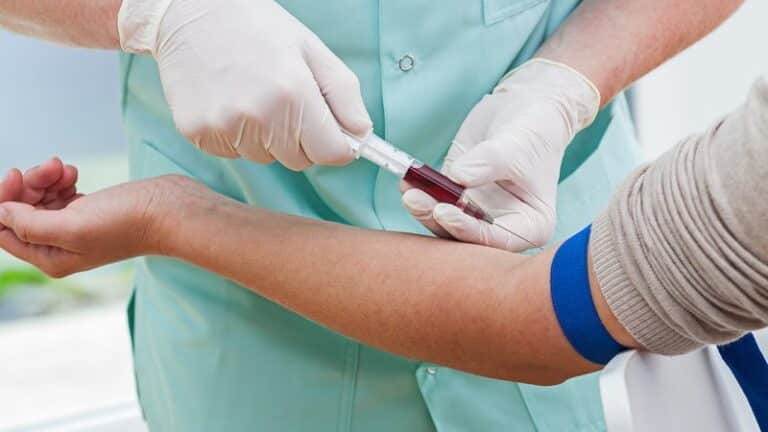Analysis of circulating tumour dna (ctDNA), the so-called liquid biopsy, is fast, non-invasive and easy to arrange. So where is this technology best deployed?
At diagnosis, liquid biopsy is limited by a lack of sensitivity. 20-30% of patients have very little ctDNA and mutations can be missed1,2. Liquid biopsy is useful where tissue cannot be obtained but results could change management, for example unwell patients with suspected lung cancer. However, a negative result should be treated with caution and tissue biopsy also considered.
Liquid biopsy can be useful following progression on targeted (e.g. EGFR, PARP) or hormone-blocking therapies where specific genomic variants confer resistance. As resistance mutations can arise anywhere within the tumour or metastases, liquid biopsy may offer a better chance at detection. Results can be useful in guiding subsequent lines of therapy.
A potentially practice-changing use of liquid biopsy is the detection of residual disease following surgery, including early stage breast, lung and colorectal cancer3-5. Here, the persistence of ctDNA is strongly associated with disease progression. ctDNA is also showing utility for early cancer detection, with combined analysis of mutations and methylation patterns showing promise6,7. Clinical trials are underway to investigate both these applications.
1 Clin Cancer Res. 2019 Nov 15;25(22):6644-6652.
2 Nat Med. 2018 Sep;24(9):1441-1448.
3 Nat Cancer. 2020 Jan;1(1):176-183.
4 JAMA Oncol. 2019 Aug 1;5(10):1473-8.
5 JAMA Oncol. 2019 Oct 17;5(12):1710-1717
6 AACR 2020 abstract CT021
7 Nat Med. 2020 Jul;26(7):1041-1043.

